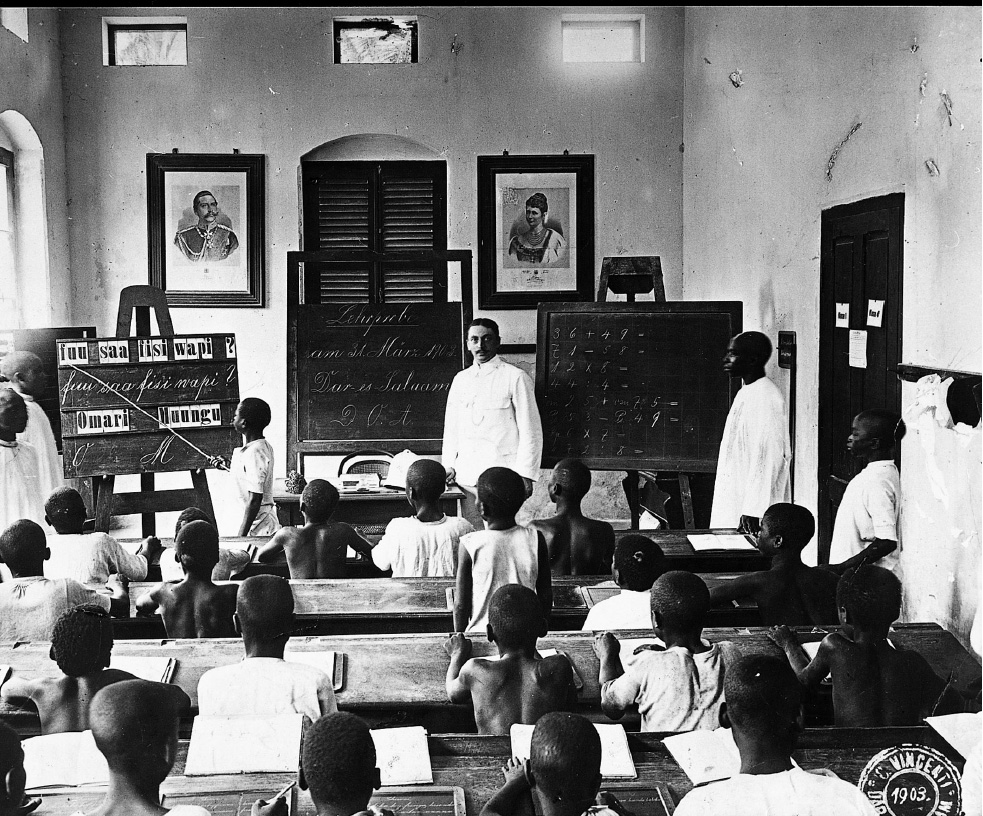A “Civilizing Mission”
Western society did not rest the case for empire solely on naked conquest and a Darwinian racial struggle or on power politics and the need for naval bases on every ocean. Imperialists developed additional arguments for imperialism to satisfy their consciences and answer their critics.
A favorite idea was that Westerners could and should civilize more primitive nonwhite peoples. According to this view, Westerners shouldered the responsibility for governing and converting the supposed savages under their charge and strove to remake them on superior European models. Africans and Asians would eventually receive the benefits of industrialization and urbanization, Western education, Christianity, advanced medicine, and finally higher standards of living. In time, they might be ready for self-government and Western democracy. Thus the French repeatedly spoke of their imperial endeavors as a sacred “civilizing mission.” Other imperialists agreed: as one German missionary put it, a combination of prayer and hard work under German direction would lead “the work-shy native to work of his own free will” and thus lead him to “an existence fit for human beings.”9 In 1899 Rudyard Kipling (1865–1936), who wrote masterfully of Anglo-Indian life and was perhaps the most influential British writer of the 1890s, summarized such ideas in his poem “The White Man’s Burden.” (See “Primary Source 24.3: The White Man’s Burden.”)
Many Americans accepted the ideology of the white man’s burden. It was an important factor in the decision to rule, rather than liberate, the Philippines after the Spanish-American War. Like their European counterparts, these Americans believed that their civilization had reached unprecedented heights and that they had unique benefits to bestow on supposedly less advanced peoples. Another argument was that imperial government protected natives from tribal warfare as well as from cruder forms of exploitation by white settlers and business people.
Peace and stability under European control also facilitated the spread of Christianity. Catholic and Protestant missionaries competed with Islam south of the Sahara, seeking converts and building schools to spread the Gospel. Many Africans’ first real contact with whites was in mission schools. Some peoples, such as the Ibo in Nigeria, became highly Christianized.
Such occasional successes in black Africa contrasted with the general failure of missionary efforts in India, China, and the Islamic world. There Christians often preached in vain to peoples with ancient, complex religious beliefs. Yet the number of Christian believers around the world did increase substantially in the nineteenth century, and missionary groups kept trying.
